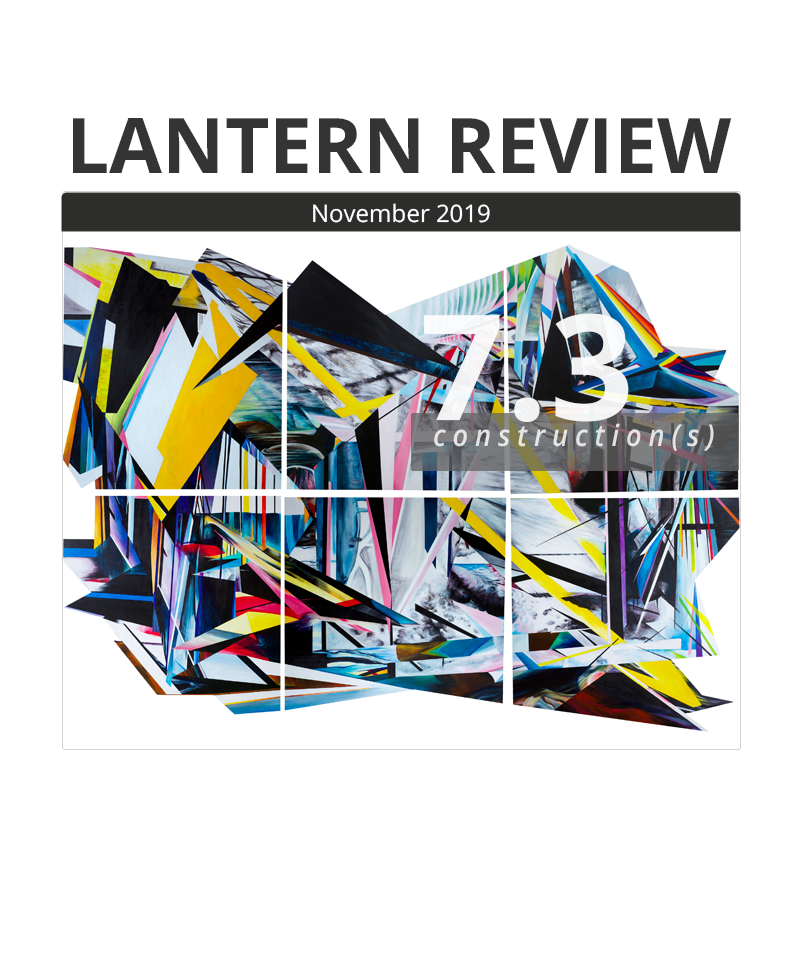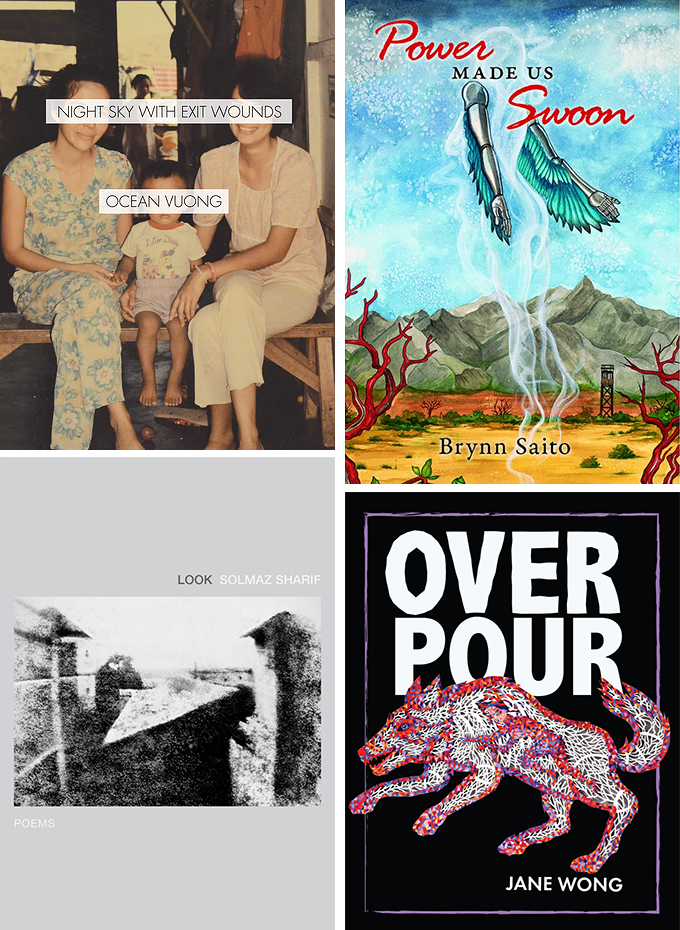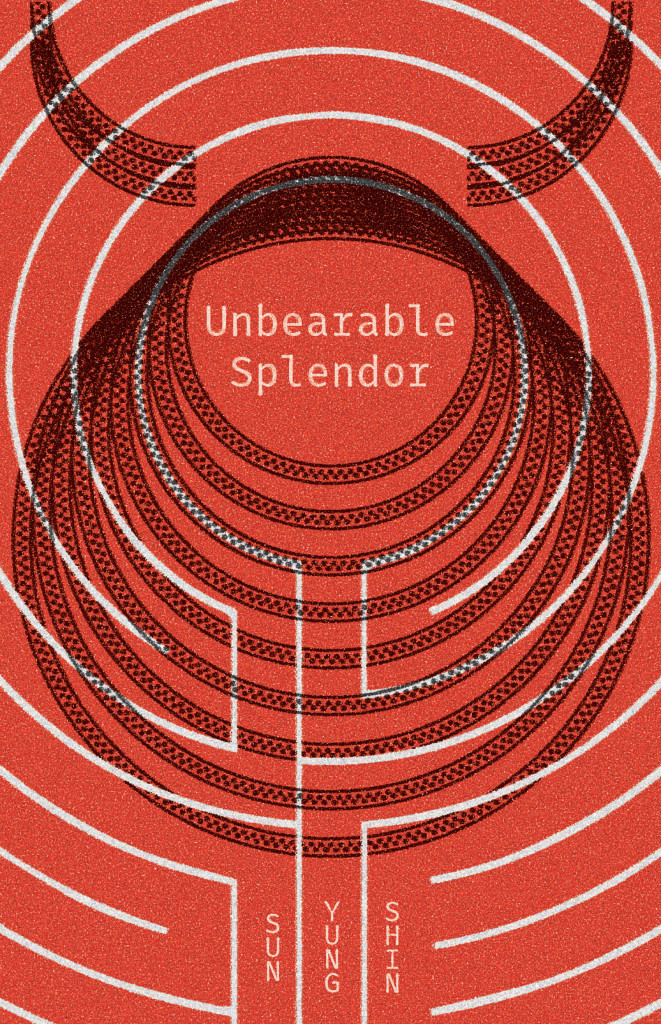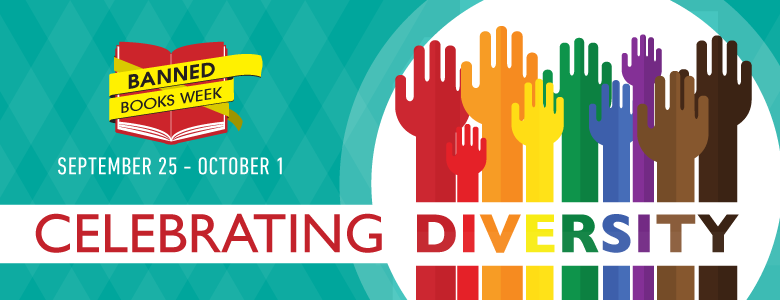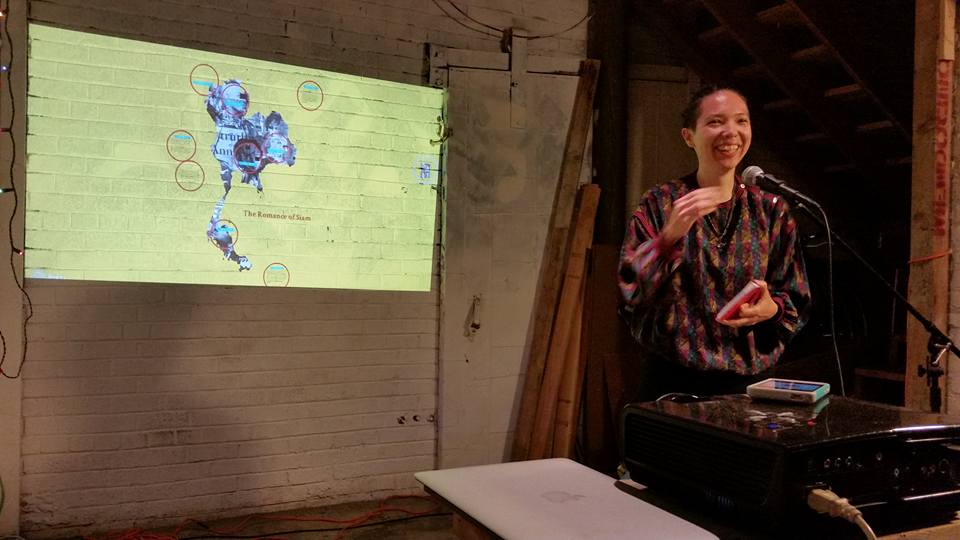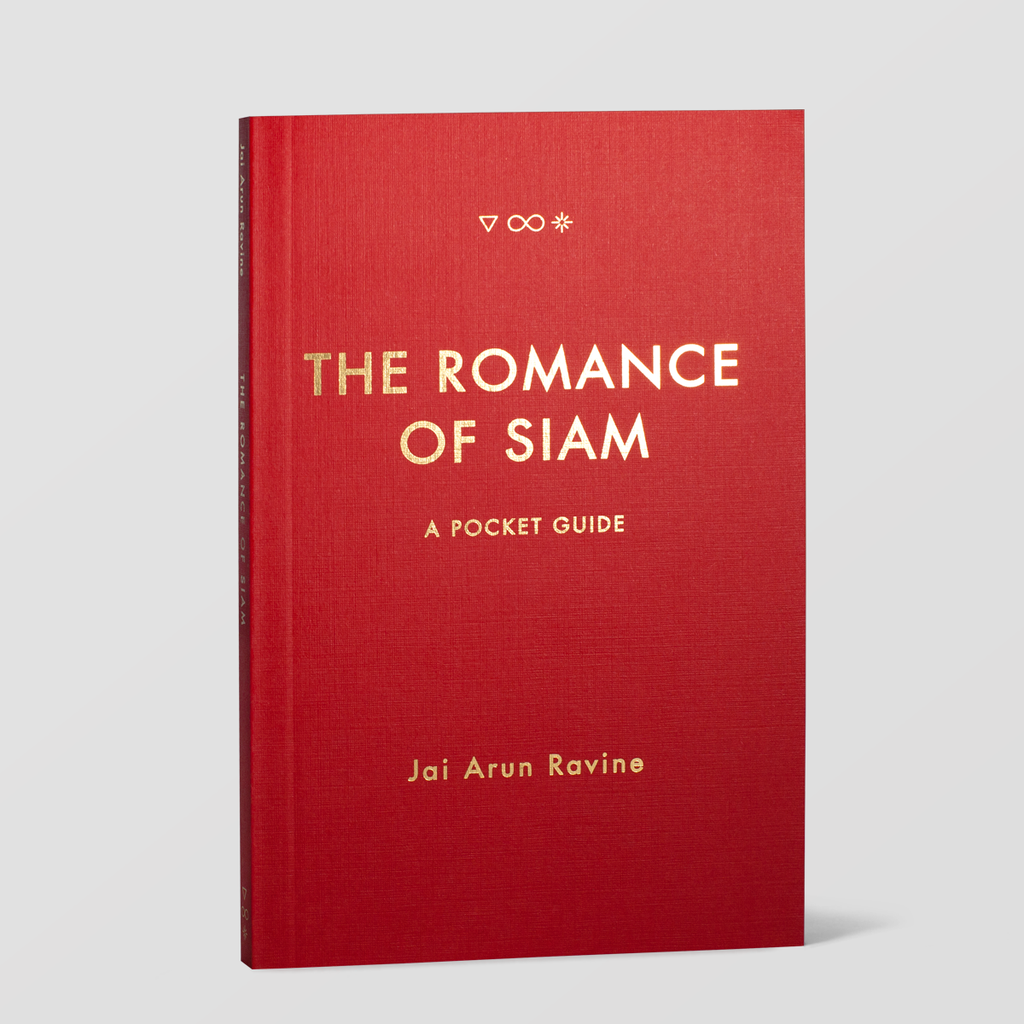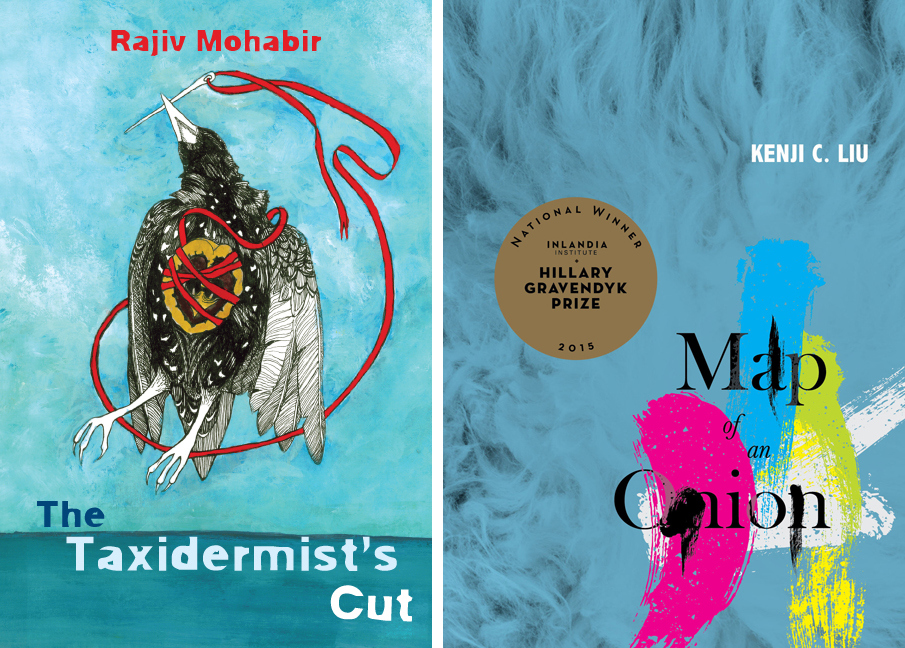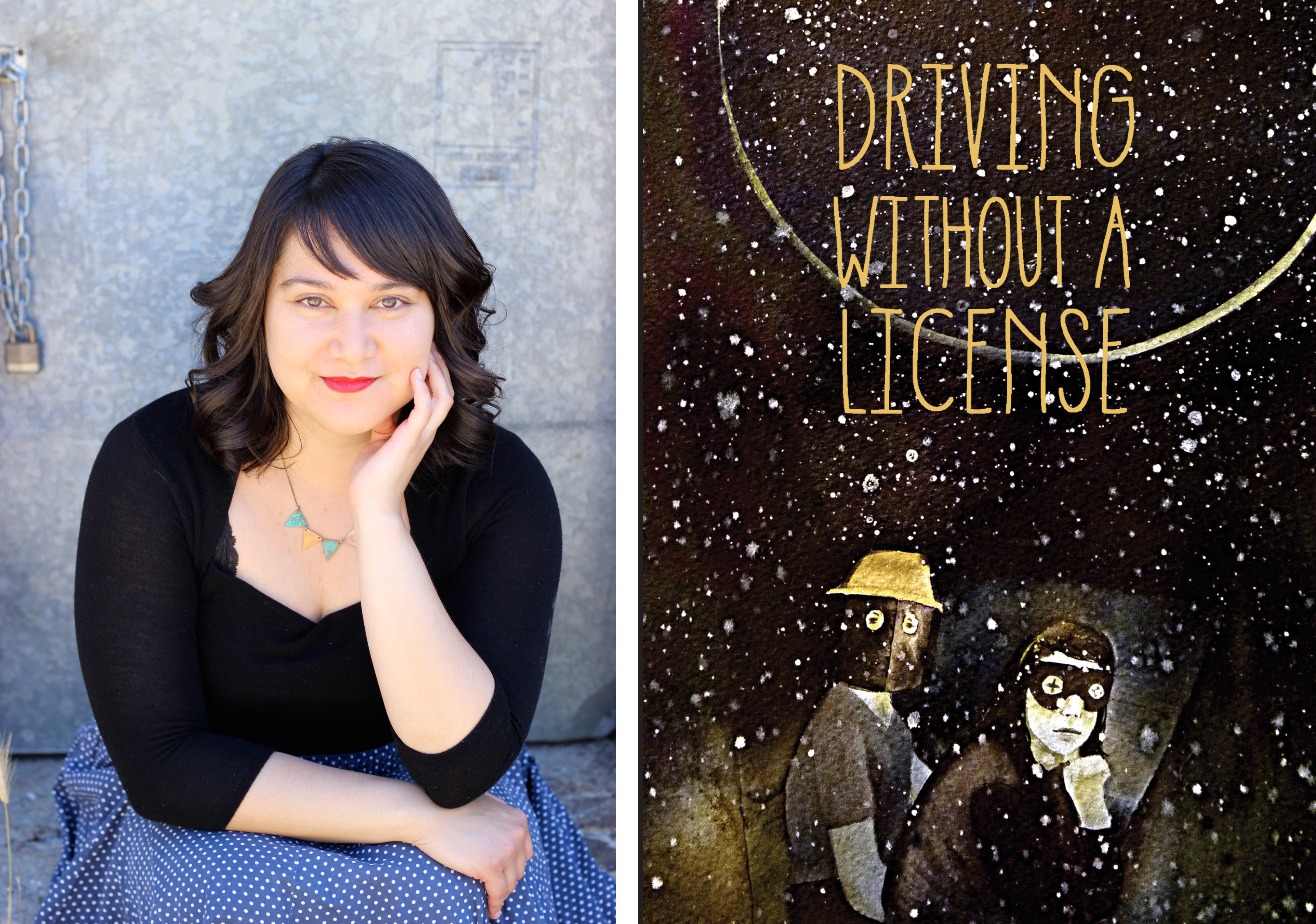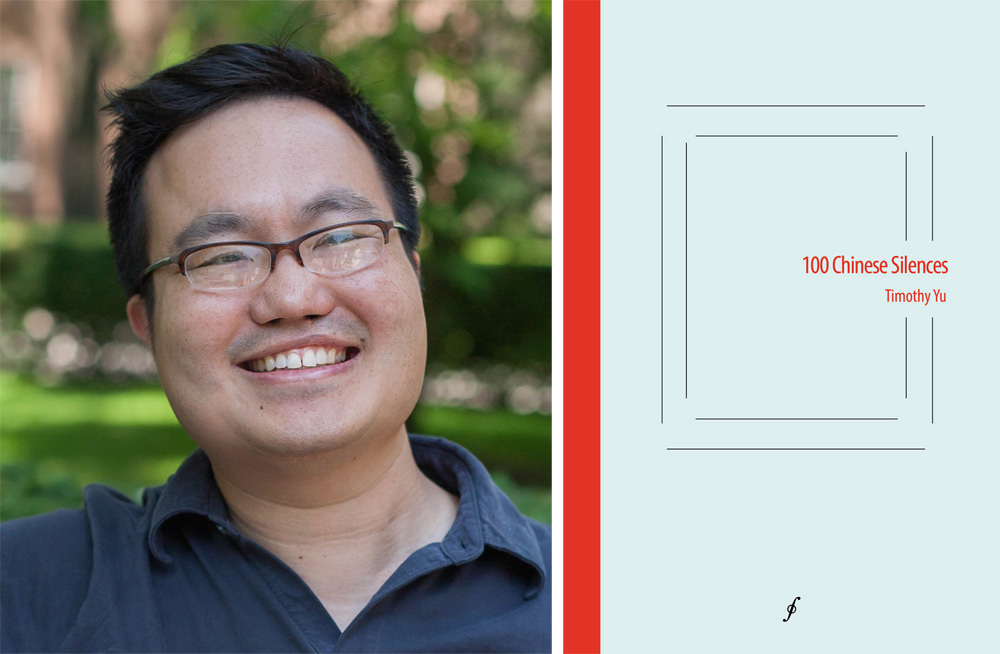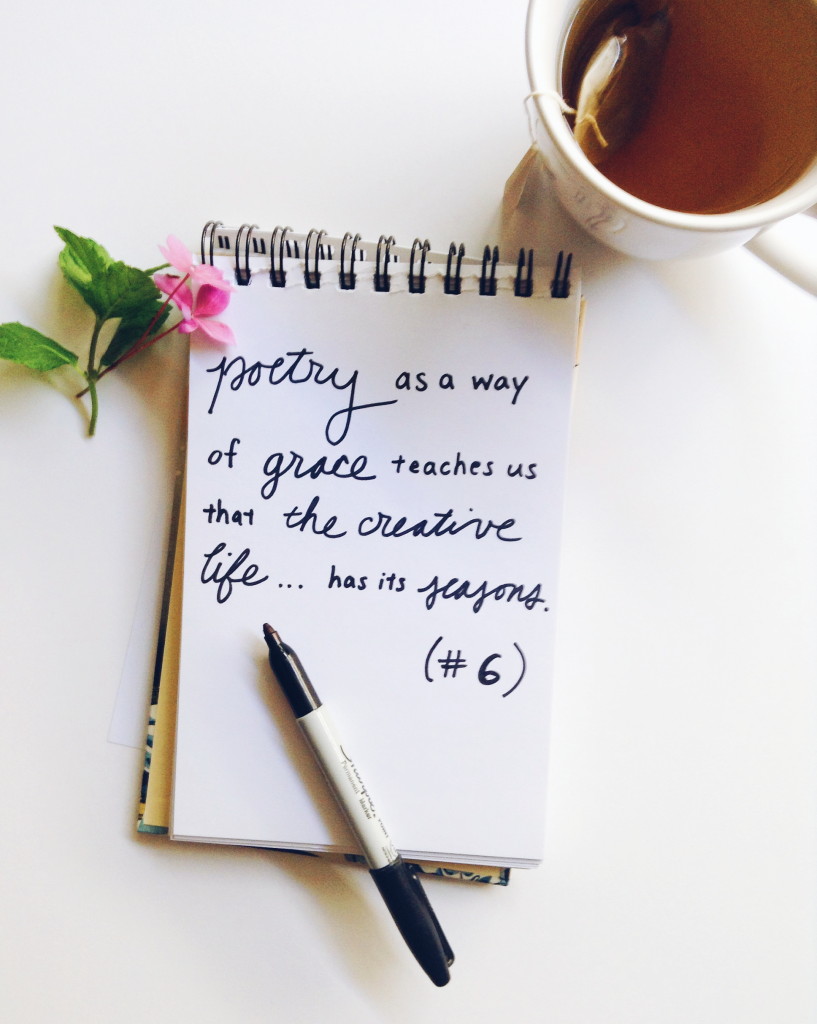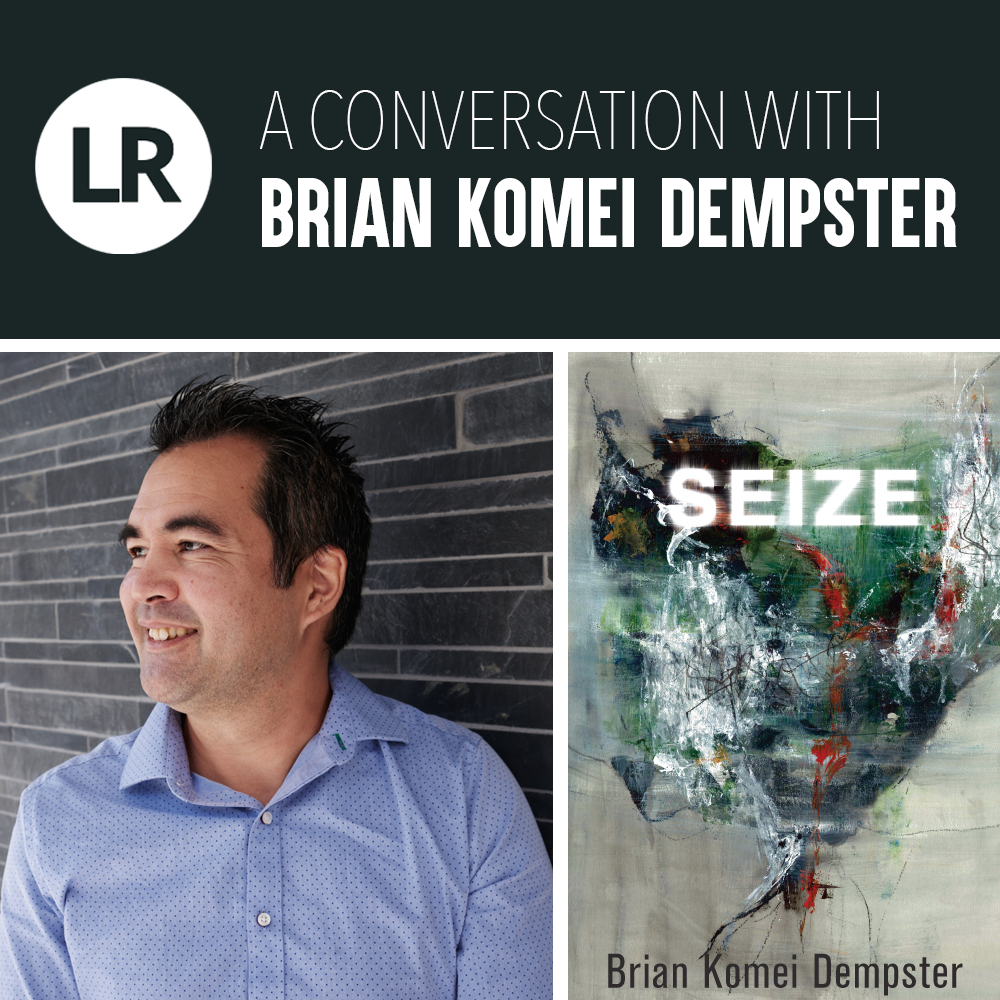
This winter we had the privilege of speaking with poet Brian Komei Dempster about his new collection Seize, published last fall by Four Way Books. Dempster is a professor of rhetoric and language at the University of San Francisco, author of Topaz (Four Way Books, 2013), and editor of the award-winning From Our Side of the Fence: Growing Up in America’s Concentration Camps (Kearny Street Workshop, 2001) and Making Home from War: Stories of Japanese American Exile and Resettlement (Heyday, 2011). In this interview, we discuss the historical and ethical stakes of Dempster’s artmaking, his creative lineage as a mixed-race Japanese American, and, of course, the luminous figure of his son Brendan, whose epileptic seizures and resilience act as both inspiration and occasion for this remarkable new book.
* * *
LANTERN REVIEW: First off, congratulations on your just-released book Seize (Four Way Books, 2020)! Your poem “Night Sky” is such a beautiful opening, and the poem that came to mind as I was reading it (this, to be certain, says more about our friendship and ongoing conversation as fellow Japanese American poets than anything else!) was Lawson Fusao Inada’s “Concentration Constellation,” with its imagery of stars, jagged lines, and the flag/nation. Even if they exist only in my own mind, I sensed Inada’s words about the “jagged scar . . . the rusted wire / of a twisted and remembered fence” moving in the backdrop of the poem.
I hope this isn’t imposing unfairly on your work, but my sense is that you’re asking readers to understand the relatedness of these things: your son’s life and his epilepsy alongside your mother’s experience as an incarceration camp survivor, as well as other histories of seizure and brutality. Now that the book is written, these relationships feel obvious, vital; but I can imagine a time in which this was not yet the case, when you were perhaps moving blindly through your reactions to your son’s diagnosis and needs without a sense of how they might be connected to these more historical or political realities. How did you find your way into this book’s articulation?
BRIAN KOMEI DEMPSTER: I love that connection to Inada’s poem and that resonance, which I had not thought of before. Stars are such a mythic, long-standing image and symbol in poetry, and I can’t help but see our ancestors behind “the rusted wire” of this “twisted and remembered fence,” looking up at the night sky, imagining a ladder towards the stars, climbing rungs into the sky’s vast freedom.
Just as the suddenness of Executive Order 9066 and swift, forced removal from their homes must have been shocking for our families, so, too, was my son’s diagnosis a shock to our systems. Our lives upturned in an instant. Our expectations subverted. Like my mother and her family, my wife, Grace, and I had little time to think. Like them, we needed to act fast. At first, the reactions, as you point out, were involuntary, a river’s current shuttling us swiftly downstream as we paddled frantically for unseen shores. The poems, too, spilled out, some bursting blue sparks of rage, some bathed in a sad orange glow, flickering with guilt. Raw emotion superseded poetic craft or intention or anything else for that matter.
Only with the passing of time, as I stepped back from the immediacy of that initial shock, could I see the poems clearly. What was initially therapeutic venting onto the page—which I acknowledge was so important—became something different. As I moved from grief towards acceptance, these drafts began to speak to me as poems. When I cut away the rough edges, chiseled the black granite of words, I found jewels, arrived at a language that was beautiful in its realness as it sang our complicated truths. While I went through that process, it was helpful to remember the wise insight that Michael Collier—former director of the Bread Loaf Writers’ Conference—had shared with our group many years ago in his workshop. It went something like this: “A poem is smarter than we are. To realize a poem, we must listen to what it is trying to say to us.”
Following that cue, I saw that candid confessions and raw energy were powerful but, by themselves, not enough. I thought of my dual responsibility as an artist: to commit to the doing, which meant sitting down to do the hard work of writing and revising the work, and, at the same time, to inhabit the being, which was opening to and receiving the poems and their essence. This required a quieting of—and even playful dialogue with—the ego and its chattering voice, a letting go of perfectionistic tendencies, a tapping into energies that transformed the exhausted feeling of laboring through drafts into the excitement of creative discoveries, the pure fun of linguistic play and experimentation. Above all, I did my best to have an unwavering faith in process and hold firm to the belief that staying in such a space would keep me grounded, sane, and optimistic, and would lead to positive outcomes. I imagined myself in a house with many rooms, the poems crackling and alive, voices speaking to me through the walls. I cupped my ear to the walls, really listened to what the poems were trying to tell me. What images and details were they offering up, and how could I navigate and shape them? How could I effectively merge these specifics with the father-son story I was trying to tell? How could I get to the real truth of my son, which was something beyond language, when language was all I had, and my son communicated through touch and a primal language that alternated between euphonious and guttural sounds? How could I describe a boy who was both real and unreal, present and here, yet transcendent and otherworldly?
When I really opened my heart, it became a chamber my son could walk in or through, escape to or from. He became the boy that the poems were making him, and the work magically transformed. He became a bird, an angel, a lion, a sunflower, an oak. His journey morphed into a larger saga. The storms in his head became the storms my mom blinked at as a baby in Topaz. The seizures that gripped him became the hands of men who bound and chained others.
As I write this, these events still seize us, these linkages still sicken and sadden me. But they also show the power of my son. At the center of the storm, he takes us inside our collective vortex. As we swirl through histories and lives of trauma and pain, we search for love and bravery, forgiveness and calm. Here I quote Haruki Marukami: “And once the storm is over you won’t remember how you made it through, how you managed to survive.” Marukami’s words and my son remind us: because the storm gives us such an extreme and opposite reference point to normal life, the storm makes us feel and see everything more clearly. When we pass through the storm, we are changed. When the storm ends, we rest. The only way out is through.
LR: While many of the poems in Seize address experiences of brutality, at the book’s heart lies an unwavering commitment to care—though of course that commitment is not without its own journey through violence. This may be more of a question about self care, but how did you guard the space necessary to make these poems—to regard your son Brendan with such tranquility amidst the tumult, to speak with such lyric clarity into moments of pain, inherited and otherwise?
BKD: I am touched by your tender recognition of the emotional challenge I experienced writing this book. Your insight allows me to reflect on a larger question that is relevant to all of us as writers: How do we create safe spaces that allow us to dig deep into the psychic terrain of ourselves and, at the same time, remain in balance? The image that comes to mind is that of a garden. Our bodies, our minds, our art—all of it must be tended. In our lives, we plant seeds, we hope things will bloom. Along the way, we contend with periods of frost, drought, scavengers who threaten our crops; to make it through, we must believe in our harvest, its eventual fruition. What does this really mean as we navigate the real responsibilities and pressing demands of our own lives?
Guarding the space, as you nicely put it, means defining your relationship to your art. We are all different and need to figure out how to best weave writing into the fabric of our lives. When I was younger, I sometimes romanticized the notion that being a great poet meant giving oneself away to one’s art. As I grew older, however, I realized that being a writer needs to be integrated with being a good husband and dad. This model originates from what I witnessed in my family growing up: my mother painted and played the piano; my father played trombone and other instruments. They both worked full-time as educators. While my father, in particular, had to maintain a tricky balance between travel for music and commitment to family, we knew that he loved and cared for us. We, as children, were an integral part of our parents’ artistic and professional lives. Their passion for art did not threaten to extinguish us; nor did their goals diminish our importance on a daily basis.
To keep the space intact, we must create a system that allows us to protect our own time and energy. For us, this biggest factor is Brendan himself, who needs one-on-one care at all times. Caring for ourselves meant making sure Grace and I had enough help with him; when we did, I set aside hours on certain days where I attended only to the poems. When we didn’t, I tried to accept that the writing would have to wait. And with the demands of caring for him, Grace and I needed to be mindful of our relationship. Fortunately, because we are both writers, we understand the space and maintain a healthy reciprocity in terms of the amount of care we each do for him and also in terms of supporting things—from writing time to retreats and conferences—that allow our work to flourish.
While guarding the space is a process largely within our control, keeping faith in our work—and a good outlook—involves focused intention and effort. When my thoughts darkened, and I despaired about my son, his future; when I felt exposed or worried by what I had revealed about myself or him in a poem—I practiced the Buddhist discipline of abstracting thoughts, stepping outside them and seeing them from afar. I meditated, even if just for five or ten minutes. When I swam laps, water cleansed away toxic ruminations, reinvigorated me. I tried my best to live in Keats’s unresolved state of negative capability, the mystery and uncertainty that Buddhism encourages you to lean into rather than resist.
During the writing of Seize, all of this, of course, was challenging, and I wasn’t always successful. There were stops and starts, times when I thought a poem or the book wouldn’t come together and when we were exhausted from trying to care for our son while working full time and being called into the duties of our many roles. On certain long days of caregiving, it took effort to stay engaged and not become dulled by the monotony of feeding, dressing, and bathing my son. Yet when I entered his wavelength, I found joy in his clicks and coos for favorite foods; his shrieking laughter when I turned on the shower and he slammed the silver hose against the wall.
Edward Hirsch once talked about this idea to us in a poetry workshop, something to the effect that “Life doesn’t make room for poetry. You need to carve out that space on your own.” With a blend of imagination and pragmatism, we can find our own ways to build a fortress that fends off the intrusive, encroaching forces that oppose our artmaking. Here, I return to the garden. In the rich soil of our complicated lives, we turn up earth, pull out weeds, plant things, remain patient as they grow. It’s vital to care for our work as we do ourselves, to tend to it as we do our loved ones. If we can do that—and, in turn, defy the stereotype that writers must drink themselves to death or go crazy making their art—then we can reinforce the emergent model of the twenty first–century artist: one who harmonizes their life and creates in a sustainable way.
Continue reading ““Each Poem a Window”: A Conversation with Brian Komei Dempster”